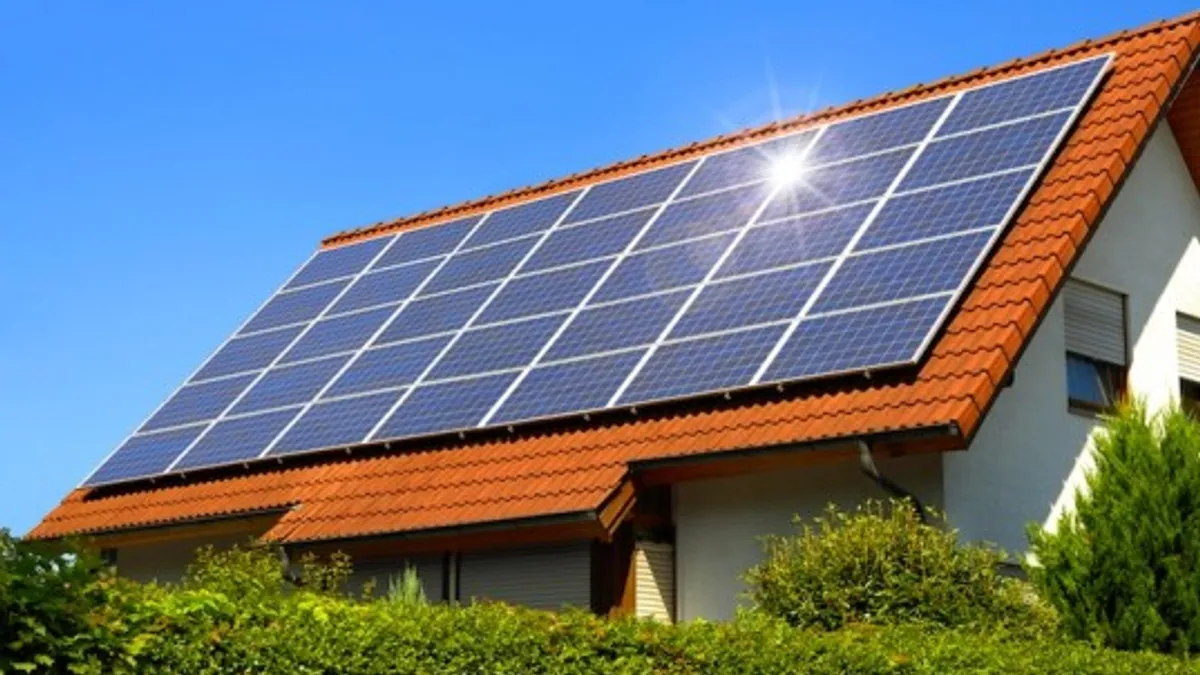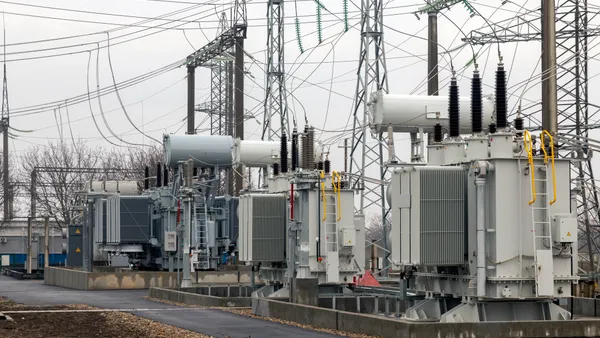Dive Brief:
- Pacific Gas and Electric Company (PG&E) and Southern California Edison (SCE) want California lawmakers to amend SB 350, which increases the state’s current 33% renewables mandate to 50% by 2030, to make distributed renewables in their service areas apply toward the mandate.
- The mandate, administered by the California Public Utilities Commission (CPUC), is based on the definition of “eligible renewable energy resources” that does not include distributed generation (DG).
- SCE argues in its letter to the California Assembly Committee on Utilities and Commerce that in its current form the new mandate "picks technology winners and losers."
Dive Insight:
The three 2030 goals of SB 350: Golden State Standards, according to the California Senate, are to achieve a 50% reduction in petroleum use, generate 50% of the state's electricity from renewables, and increase existing buildings' energy efficiency 50%.
According to the California Energy Commission Renewables Portfolio Standard (RPS) staff guidebook, “To become RPS certified, an electrical generation facility must be an ‘eligible renewable energy resource,’ which requires the facility to use one or more renewable energy resources or fuels.”
The CEC list of eligible sources includes biodiesel, biomass, renewable fuel cells, hydro electric, utility-scale solar, wind, ocean wave and thermal and municipal solid waste.
California utilities lead the nation in solar installations, and in the first three months of this year alone brought over 230 MW of residential solar online.
SB 350 “ignores DG as a GHG strategy in the RPS construct and fails to take into consideration ‘lessons learned’ in pursuit of the current 33% RPS,” wrote SCE State Public Affairs Director Darren Bouton. “As a result, SB 350 picks technology winners and losers, maintains inequities to the disadvantage of utility customers, ignores operability issues, and will lead to unnecessary costs.”













